Tap the beat, own the track
Keep exploring
Continue your Poly Track hot lap streak with more custom circuits, speed trials, and tuning guides.
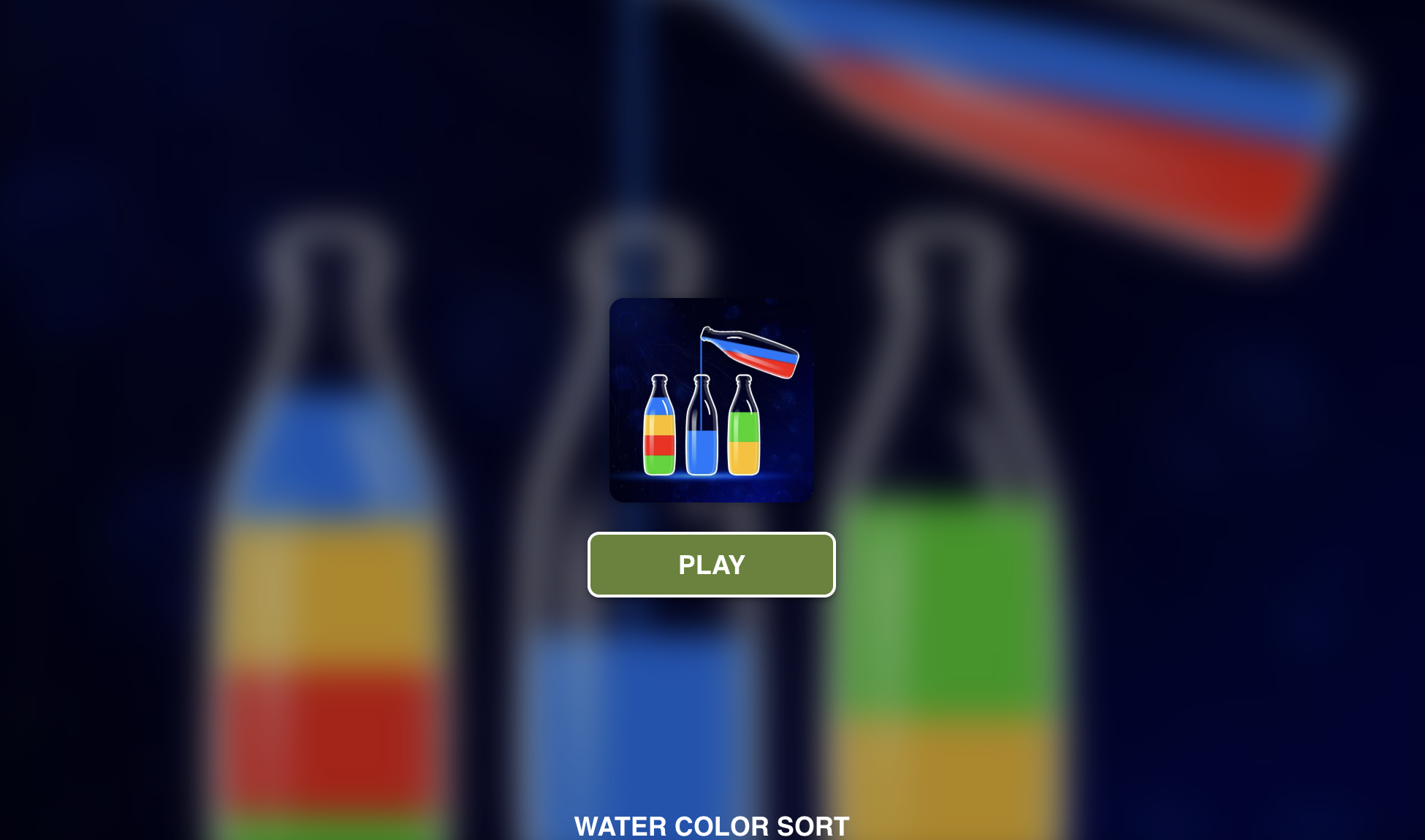
Water Color Sort

Steal A Brainrot Unblocked

Hollow Knight
Growden io
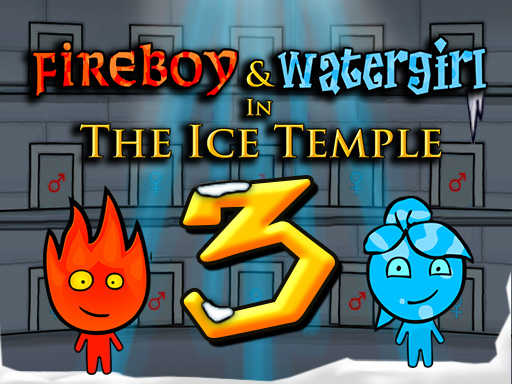
Fireboy and Watergirl: Ice Temple

Fireboy and Watergirl: Elements

BloodMoney
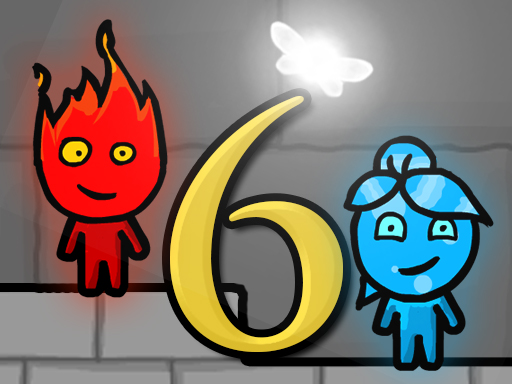
Fireboy and Watergirl: Fairy Tales

Drift Hunters
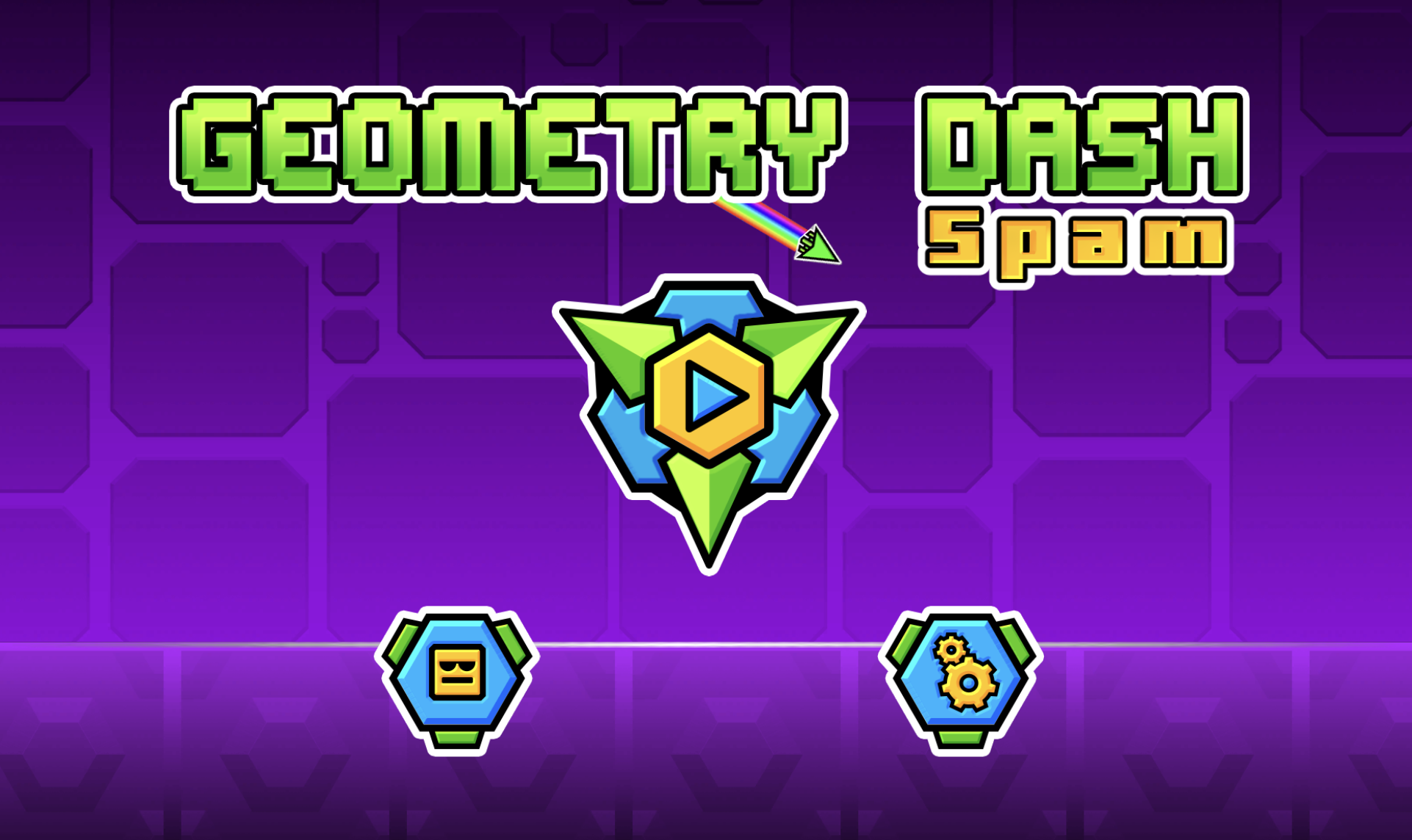
Geometry Dash Spam
Find the cadence and break the tape
Lock into tempo and let momentum carry you
Speed Stars turns pure track speed into timing you can feel in your fingers. Every surge comes from alternating inputs at a steady cadence, and every mistake is a tiny hiccup that costs a step. Instead of memorizing complicated combos, you master rhythm and pacing—pressing just fast enough to accelerate, then easing to preserve stamina on long bends. When hurdles appear, you strike on the beat to float cleanly. During relays, you time the exchange so the next runner accelerates before the baton touches down. Speed Stars is simple to start, but shaving hundredths becomes a satisfying obsession.
How the timing model clicks
In Speed Stars, speed is a musical line: your alternating taps form a groove that converts to meters per second. Miss the beat and your stride shortens; nail it and your runner lengthens out, gathering velocity without wasting energy. Short races are sprints for crisp precision. Middle distances reward micro-rests on curves and a measured kick on the homestretch. Hurdles demand a perfect pre-jump cue so you clear without clipping. Relays celebrate trust—overlap zones become mini-rhythms where both runners sync for a flawless pass. The elegance of Speed Stars is that everything revolves around feel, not menu complexity.
Events you can master
The 100 meters in Speed Stars is pure reaction and cadence discipline: explosive early taps, then a smooth high-tempo flow to the finish. The 400 and 800 are stamina chess—back off a hair on the bend, keep form during the backstretch, and surge late when the line appears. Hurdle races add a leap pulse to your cadence; hit it precisely to maintain flow over each barrier. Relays highlight baton timing; a clean stick turns two good legs into one continuous burst. Each mode in Speed Stars teaches a distinct layer of pacing and beat recognition that carries across the rest.
Beginner-to-pro progression
New runners in Speed Stars should focus on consistency over raw speed. Start by hearing the internal metronome—count quietly, tap smoothly, and avoid panic bursts. As your hands relax, introduce tempo changes: a touch faster on straights, a hair calmer on curves. Hurdle training means practicing the pre-tap that sets the takeoff; soon your rhythm absorbs the jump like a half-beat flourish. Relay practice is about anticipation: begin the outgoing runner’s cadence early so the baton meets a moving hand. With time, Speed Stars becomes a laboratory for fine motor control where each PB is earned by subtle refinement, not brute force.
Why it hooks competitive players
Two features make Speed Stars magnetic: ghosts and leaderboards. Racing a ghost converts abstract improvement into a visible chase—your prior self or a rival appears one lane over, daring you to hold form a fraction longer. The board tracks your best times across events, inviting short, high-intensity sessions where you iterate for minutes and celebrate for hours. Because the core is rhythm, the ceiling feels limitless: there is always a cleaner exchange, a steadier curve, a smoother hurdle. Speed Stars rewards patience, but it also respects your time; three-minute bursts can deliver meaningful gains.
Tactile tips for cleaner runs
Keep arms and hands loose to reduce over-tapping. For sprints in Speed Stars, lock into a high but sustainable tempo after launch; avoid frantic spikes that break form. On 400/800 races, imagine a wave: tempo crests on straights, dips slightly on bends, then crests again near the line. For hurdles, treat each barrier like a drum fill—one anticipatory tap, one leap, then straight back to the groove. In relays, watch the zone markers; begin the outgoing runner’s taps as the incoming runner hits the mark so the pass lands at full rhythm. Tiny adjustments like these separate a near-PB from a breakout run in Speed Stars.
Control schemes that suit you
Speed Stars plays great on keyboard with alternating keys, but taps translate well to trackpads or compact keyboards. Experiment until your cadence feels natural—some runners prefer index–middle alternation, others ring–index. If you struggle with early fatigue, slow the initial taps and build speed gradually; rhythm stability is more valuable than frantic acceleration. Most importantly, position your hands so your wrists stay neutral; comfort sustains consistency, and consistency is how Speed Stars delivers those micro-improvements that add up to seconds.
Who will love this game
If you enjoy rhythm titles but want competitive structure, Speed Stars brings the groove to the oval. If you love track-and-field but dislike fiddly sim menus, this is a streamlined, skill-forward alternative. If you chase leaderboards in time-trial racers, ghost runs in Speed Stars will feel instantly familiar. And if you only have a few minutes between tasks, quick events give you a satisfying win condition without long commitments. The core loop respects focus: warm up, identify one weakness, iterate till it’s fixed, and walk away with a new personal standard.
Short sessions, lasting gains
Build a routine: three 100m attempts to dial launch timing, two hurdle races to reinforce jump rhythm, one 400m for controlled pacing, then a relay to drill exchanges. That ten-minute plan, repeated daily in Speed Stars, compounds fast. You’ll feel your hands anticipate the beat, your eyes read the track earlier, and your sense of effort shift from frantic to poised. Over a week, ghosts that used to pull away become benchmarks you surge past. Over a month, leaderboards that felt out of reach start to look realistic.
Micro-goals that keep motivation high
Set targets you can achieve in a single sitting: perfect first 30 meters; no cadence breaks on a bend; three hurdle clears without touching; a relay pass with zero slowdown. Each micro-goal in Speed Stars trains one muscle of mastery—and checking it off gives a dopamine hit that fuels the next drill. Because timing is transferable, success in one event often unlocks speed in another. The design ensures that practice never feels wasted.
Performance mindset for PBs
Before a run, take one calming breath and visualize the first five taps. In Speed Stars, the opening cadence sets everything. During the race, think in segments: launch, settle, maintain, kick. If a mistake happens, treat it as data and finish anyway; complete reps build confidence. Afterward, watch the ghost line and note where it pulls ahead—then design a single adjustment for your next attempt. This iterative thinking keeps progress steady and makes Speed Stars a reliable training ground for focus, not just speed.
Why it stands out among rhythm racers
Plenty of games map music to inputs; Speed Stars maps tempo to physiology. The result is a clean loop that converts touch into stride length, glide, and transfer speed. Hurdles, relays, and multi-lap pacing are not bolt-ons—they’re natural variations of the same core beat. That unity of design means you learn once and apply everywhere. Combined with ghost chases and visible splits, Speed Stars distills the sport into a crisp, replayable flow that respects your time and celebrates precision.
Whether you’re chasing a sub-10 in the 100, a smooth sequence over ten hurdles, or a relay stick that feels telepathic, Speed Stars gives you the tools, the feedback, and the motivation to get there. Tap the rhythm, hold your form, and let the line come to you—then queue up another run and carve a few more hundredths. The track is always open in Speed Stars.
Tap the beat, own the track is ready to play
Tap in perfect rhythm to launch sprinters, glide over hurdles, and time relay handoffs—chase PBs with ghosts and leaderboards in Speed Stars.
Share Tap the beat, own the track
Spread the word, invite friends, or bookmark this page to revisit the story whenever you need it.